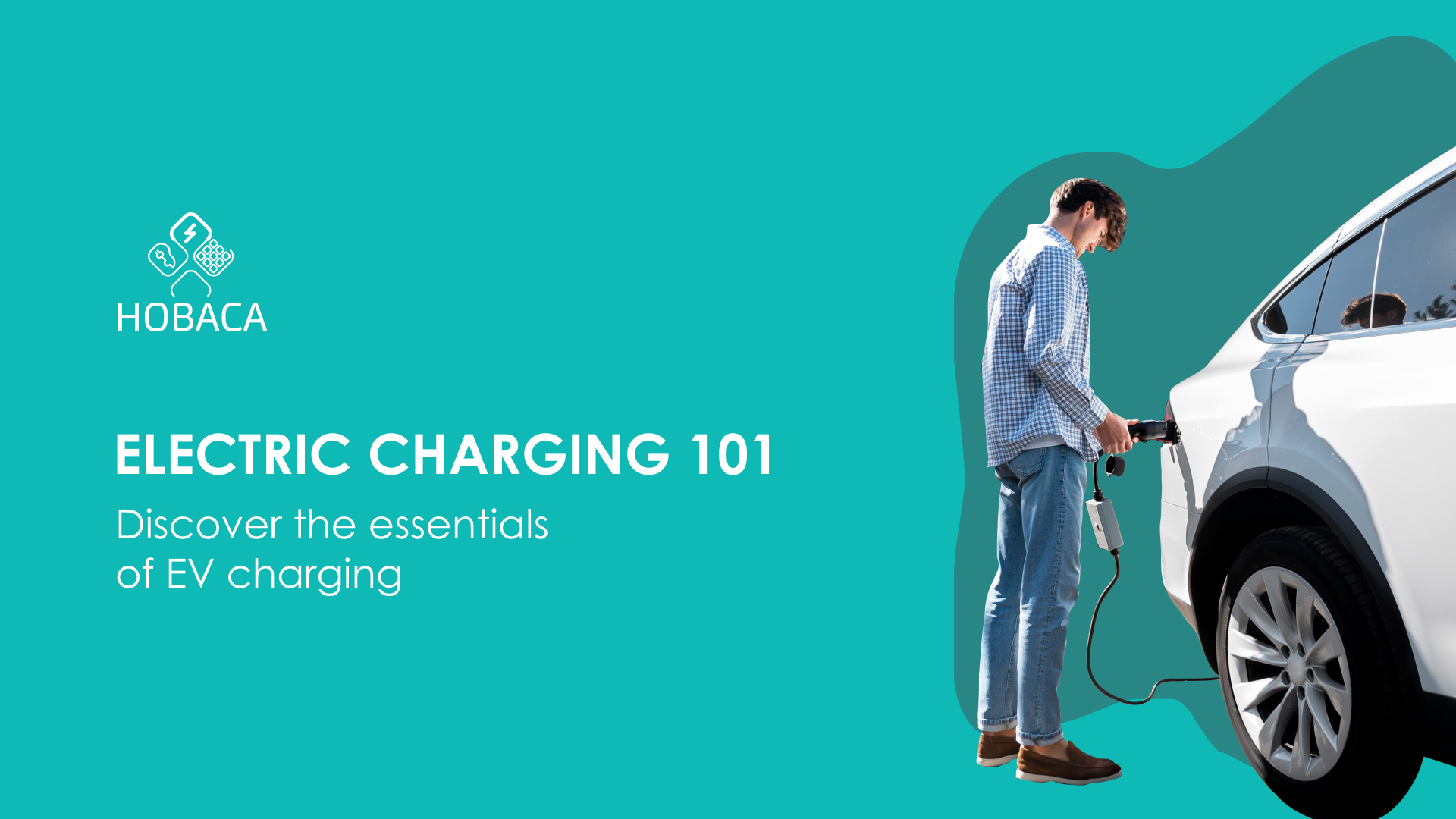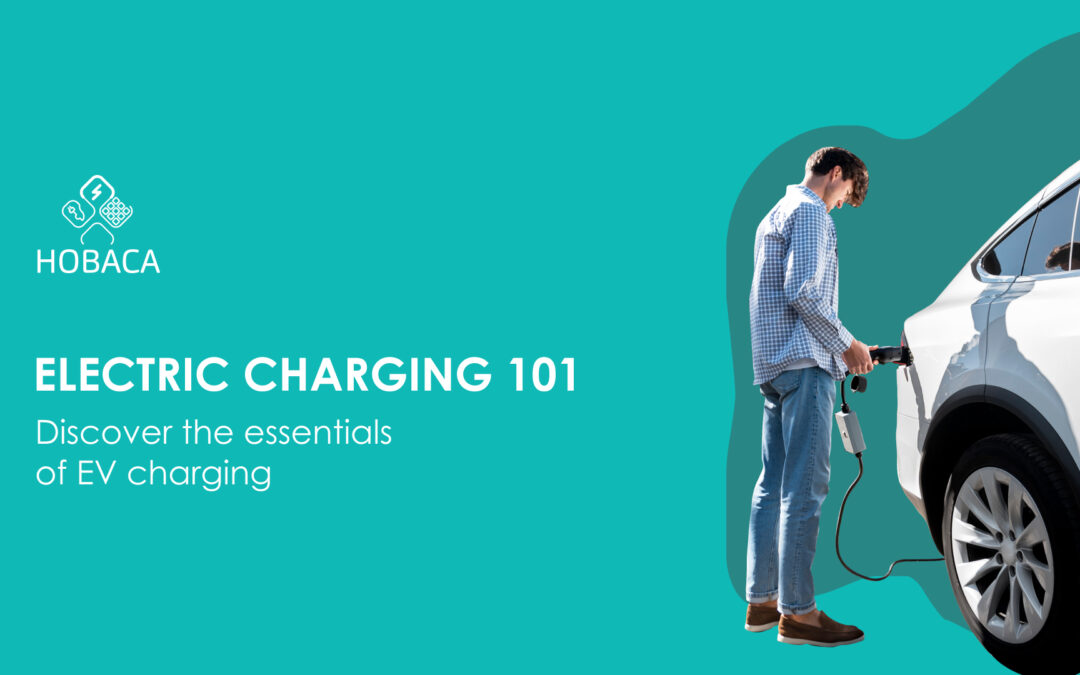Driving electric vehicles (EVs) offers a different experience compared to traditional internal combustion engine (ICE) vehicles. While there are some challenges, such as a shorter driving range, less developed charging infrastructure, and occasionally less user-friendly experiences, the advantages are compelling. Despite these hurdles, it’s clear that EVs are poised to dominate the market soon, even without government subsidies and regulatory actions.
The benefits of EVs are numerous: they have a positive environmental impact, offer superior driving performance, and provide various charging options that can reduce driving costs. In this blog post, we’ll explore practical tips and strategies to help you drive and charge your EV in the most cost-efficient manner, with the emphasis how to exploit various charging possibilities.
To create a clear understanding of how an EV user can benefit from an optimized charging strategy, we first need to explain a few basic terms relevant to EV charging.

Charge Point Operators (CPOs) and e-Mobility Service Providers (eMSPs)
Charge Point Operators (CPOs) and e-Mobility Service Providers (eMSPs) play distinct roles in the electric vehicle (EV) charging ecosystem. CPOs are responsible for the installation, maintenance, and operation of EV charging stations. (Statzon – Market Insight Platform) (GridX). They manage the backend infrastructure, ensuring that charging points are functional and efficient. Prominent CPOs in Europe include Tesla, IONITY, Enel X, EVC Montenegro and Vattenfall. These companies focus on providing widespread, reliable charging points across the continent, often partnering with other stakeholders to expand their networks.
On the other hand, eMSPs, such as Plugsurfing, ChargePoint, NewMotion, and HOBACA, interact directly with EV drivers, offering services that enhance the user experience. (Home of Electric Vehicle News) They provide tools like mobile apps, access cards, and customer support to facilitate easy access to charging stations. Although they typically do not own the charging infrastructure, they collaborate with CPOs to ensure users can find and utilize charging points seamlessly across different regions. Together, these entities create a comprehensive and user-friendly EV charging network throughout Europe. Both CPOs and eMSPs tend to use various (sometimes white-labelled) backend platforms, and one of the best choices is the HOBACA platform.
Destination Charging
Destination charging refers to charging an electric vehicle at the driver’s final location, such as a hotel, workplace, shopping center, or home. The primary goal of destination charging is to allow EVs to charge over a longer period, typically several hours or even overnight, while the driver is engaged in other activities. This type of charging is convenient for users who can leave their vehicles plugged in for extended periods without needing rapid battery replenishment.
Transit Charging
Transit charging, also known as fast or rapid charging, is designed for short, quick charging sessions along travel routes. These charging stations are strategically placed along highways or busy travel corridors to enable drivers to quickly recharge their EVs and continue their journey with minimal delay. Transit charging usually provides high power output to recharge the vehicle’s battery significantly within 20-30 minutes, making it suitable for long-distance travel or quick stops.
Both destination and transit charging play crucial roles in the overall EV infrastructure, addressing different needs and usage scenarios for EV drivers.
To better understand how choosing different charging methods can affect your expenses, let’s look at the charging prices of one of Croatia’s biggest CPOs, ELEN (source).
AC Chargers
For AC chargers located outside of highways, the cost is €0.29 per kWh. However, if you overstay beyond 180 minutes, an additional fee of €0.06 per minute is applied for each extra minute.
DC Chargers (22.2 kW to 50 kW)
Chargers with nominal power between 22.2 kW and 50 kW located outside highways cost €0.40 per kWh. Overstaying more than 60 minutes incurs an additional fee of €0.06 per minute for each extra minute.
Highway Charging
Charging on highways is even more expensive. For chargers up to 22.1 kW, the cost is €0.45 per kWh with an overstay fee of €0.14 per minute after 180 minutes. For chargers above 50 kW, the price is €0.80 per kWh, and an overstay fee of €0.14 per minute is charged after 45 minutes.
When considering roaming options and the various pricing structures of different CPOs and eMSPs, charging costs can easily exceed €1 per kWh. This variability highlights the importance of understanding and choosing the right charging method to manage expenses effectively.
Here, you can easily see how transit charging (i.e., charging on highways) is often faster and offers higher charging powers, but it is also significantly more expensive. For example, while AC chargers are more economical for longer stops, transit chargers, with their higher power outputs, allow for quicker charging sessions, enabling drivers to get back on the road faster. However, this convenience comes at a premium, as evidenced by the higher costs and stricter overstay penalties associated with highway charging.
Destination Chargers with Added Value
Besides chargers installed and operated by CPOs whose core business is providing charging services, one might also charge their car at different types of destination chargers integrated with companies that have other core businesses and see charging services as added value. These chargers often have more favorable prices than those from professional CPOs, especially when combined with some of their primary lines of business.
For instance, retail shops offer charging services at parking slots in front of their stores. If they use services such as HOBACA’s Shop&Charge module, their customers may receive discounts depending on their spending in the stores. Similarly, hotels offer complimentary charging services to their guests, which is also available using HOBACA’s Sleep&Charge service.
There is also the option to charge at work, which may or may not be reimbursed by the company depending on their policies and the type of management platform they use. Here, HOBACA’s fleet management module can come into play, helping companies manage and potentially subsidize employee charging.
Typically, the cheapest option is to charge at home, especially if the property also has solar panels, which can make charging essentially free. Home charging allows for overnight charging at lower electricity rates, and with solar panels, you can harness renewable energy, further reducing costs.
These options provide additional opportunities for cost savings, as they often come with benefits tied to the primary services offered by these businesses. By utilizing these destination chargers, workplace charging options, and home setups, EV owners can further optimize their charging strategy, taking advantage of lower rates and added perks while supporting their everyday activities.
Understanding these differences is crucial for EV owners looking to optimize their charging strategy and manage their expenses. By planning your routes and charging stops carefully, you can take advantage of lower-cost charging options whenever possible, while utilizing faster, more expensive chargers only when necessary for long-distance travel.
Start using HOBACA today to maximize your savings and streamline your EV charging experience. Together, we can drive towards a more sustainable and cost-effective future.
-
What are the different types of EV chargers available?
There are three main types of EV chargers: Level 1 (standard household outlets), Level 2 (installed at home or public charging stations), and DC Fast Chargers (found at transit stations along highways). Each type varies in charging speed and power output, with DC Fast Chargers being the fastest but also the most expensive.
-
How can I reduce my EV charging costs?
You can reduce your EV charging costs by charging at home, especially if you have solar panels. Additionally, take advantage of destination chargers at retail shops or hotels that offer discounted or complimentary charging services. Using lower-cost AC chargers when time permits and reserving fast chargers for long trips can also help manage expenses.
-
What are Charge Point Operators (CPOs) and e-Mobility Service Providers (eMSPs)?
CPOs are responsible for installing, maintaining, and operating EV charging stations, while eMSPs provide services that enhance the user experience, such as mobile apps, access cards, and customer support. Both work together to create a seamless charging network for EV users.
-
What is the difference between destination charging and transit charging?
Destination charging occurs at the driver’s final location, such as a hotel, workplace, or shopping center, and typically involves longer charging periods. Transit charging, on the other hand, is designed for quick charging sessions along travel routes, offering high power output to recharge the vehicle quickly.
-
Can I charge my EV at work?
Yes, many workplaces offer EV charging options. Depending on company policies, this charging may be reimbursed or provided for free. Platforms like HOBACA’s fleet management module can help companies manage and subsidize employee charging.
-
Are there any penalties for overstaying at a charging station?
Yes, many charging stations impose overstay fees to ensure that chargers remain available for other users.
-
How can HOBACA help me optimize my EV charging?
HOBACA offers various modules, such as Shop&Charge, Sleep&Charge, and a fleet management module, to help EV owners and charging station operators manage their charging needs efficiently. These services provide cost savings, enhanced user experiences, and comprehensive management tools to optimize charging strategies.






